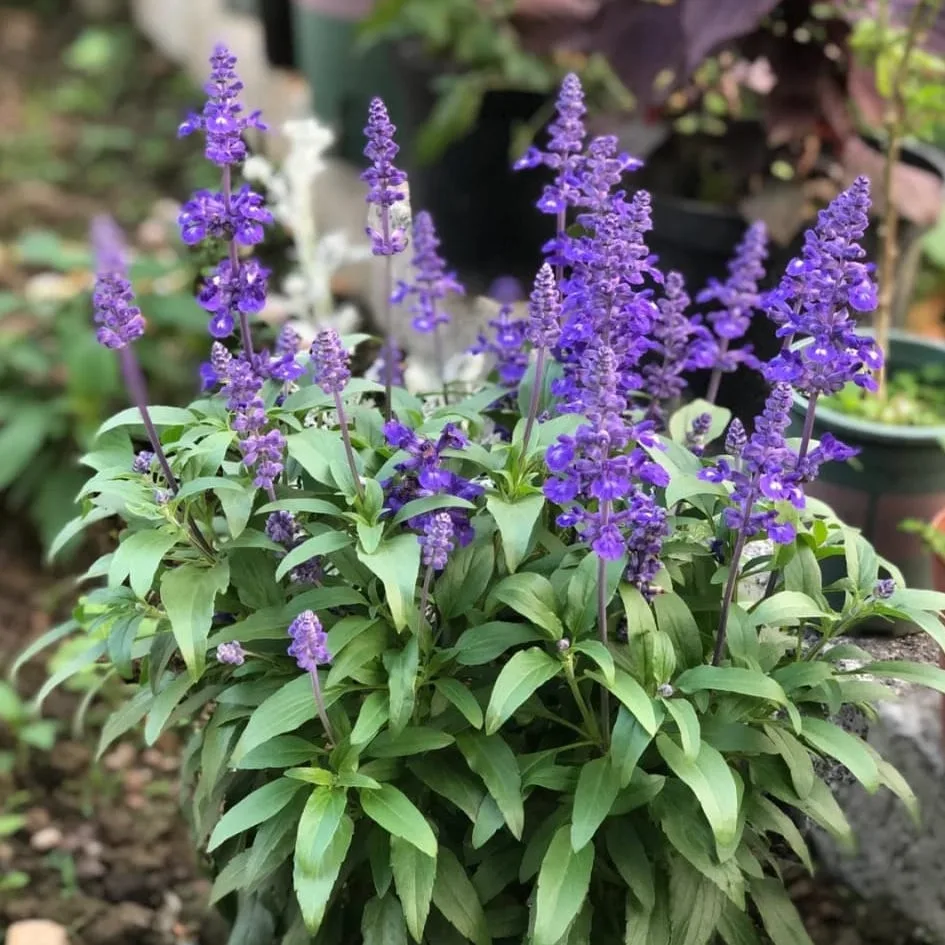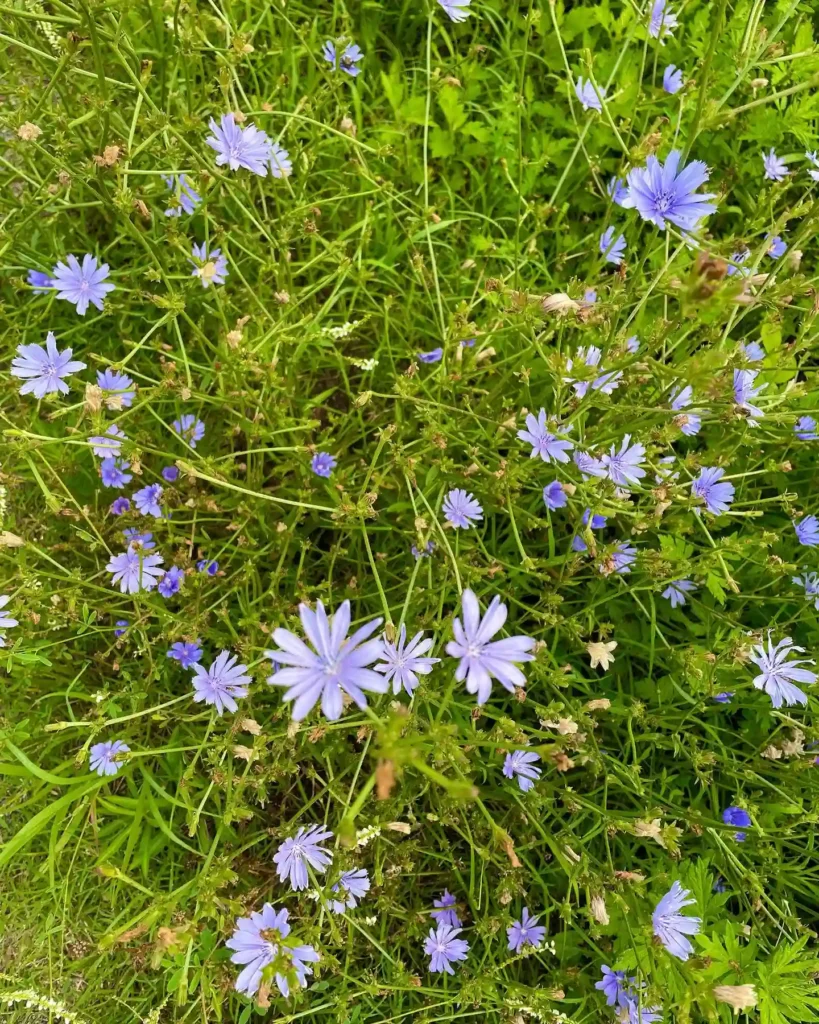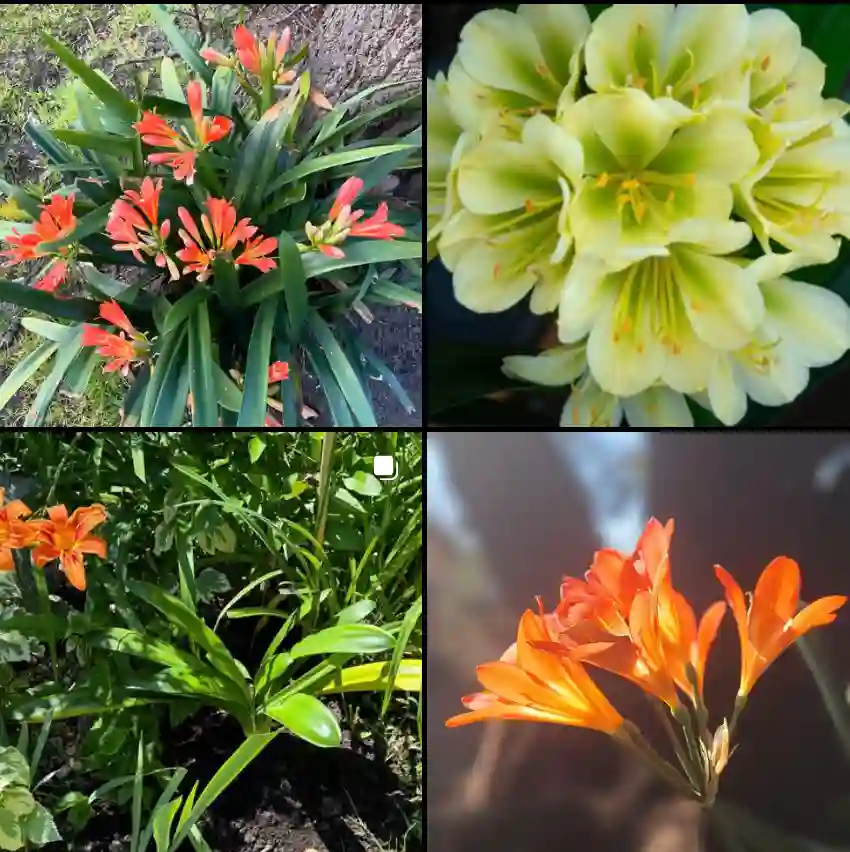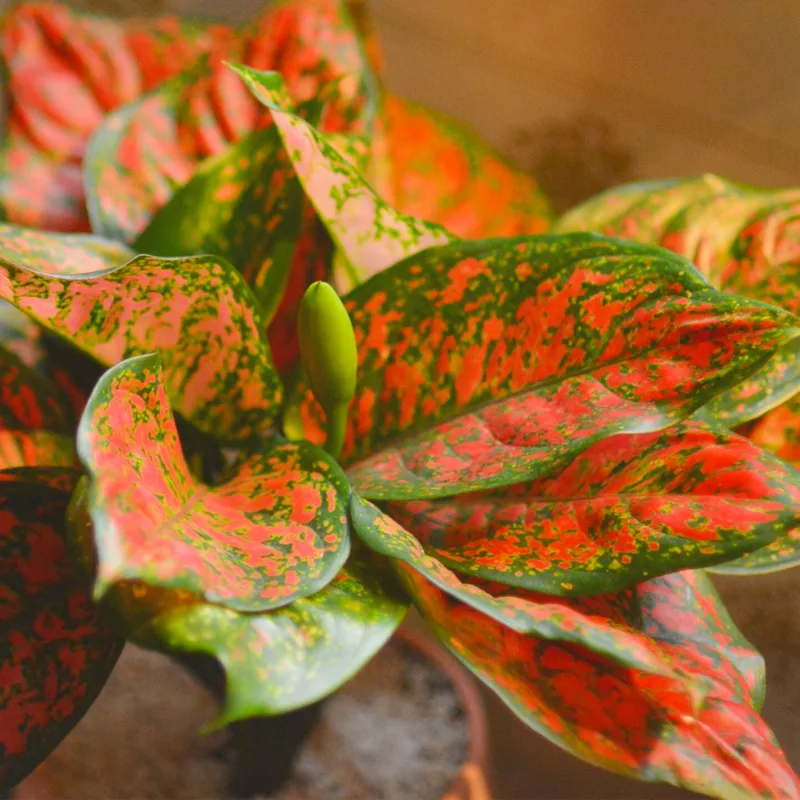Exploring the Diapensiaceae Family
As a plant enthusiast, I’ve always found myself drawn to the unique and diverse world of plant families. One family that has particularly captured my attention is the Diapensiaceae family. With its intriguing genera, including Berneuxia, Diapensia, Galax, Pyxidanthera, Schizocodon, and Shortia, this family offers a fascinating glimpse into the adaptations and habitats of flowering plants. Today, I want to share my experiences and insights into this captivating family.
An Introduction to Diapensiaceae
The Diapensiaceae family consists of evergreen plants primarily found in North America and East Asia. What piqued my interest in this family was its unique adaptations to specific environments, particularly in rocky, acidic soils. I’ve often encountered these plants in mountain regions, where they thrive in challenging conditions.
Genera of the Diapensiaceae Family
The genera within the Diapensiaceae family are distinct, each possessing unique characteristics. Here’s a closer look at some of them:
Berneuxia
Berneuxia is a lesser-known genus, but its rarity makes it special. It comprises small, shrub-like plants that are often found in the understory of forests. I remember my first encounter with Berneuxia in a forest in the Appalachian Mountains. The delicate white flowers stood out against the dark green foliage, creating a striking contrast. I was captivated by its beauty and learned that it prefers shaded areas, which further emphasizes the diverse growing conditions within this family.
Diapensia
Diapensia is perhaps one of the most recognized genera in this family. Commonly known as the “diapensia,” these plants are low-growing and often form dense mats. I’ve spotted them in high-altitude regions, where their resilience to harsh conditions is truly impressive. The leaves are leathery and have a glossy appearance, which I find fascinating. They serve as a protective adaptation against desiccation, allowing them to survive in rocky terrains.
Galax
Galax is another intriguing genus within the Diapensiaceae family. Known for its broad, heart-shaped leaves, I often find Galax growing in shaded areas alongside streams. Its leaves have a vibrant green hue, adding a touch of color to the forest floor. What stands out to me is how the plants flower. They produce small, white flowers that create a beautiful display in the spring. Galax is not just visually appealing; it also plays a role in local ecosystems by providing habitat for various insects.
Pyxidanthera
Then there’s Pyxidanthera, a genus that holds a special place in my heart. Commonly referred to as “pyxie moss,” these plants thrive in sandy soils, often in coastal regions. Their small, star-shaped flowers are a sight to behold. I had the pleasure of discovering a patch of Pyxidanthera during a hike along the coast of North Carolina. The flowers attracted bees and butterflies, illustrating the vital role these plants play in pollinator networks.
Schizocodon
Schizocodon is another genus that showcases the diversity of the Diapensiaceae family. With its unique flower structure, I found this genus particularly captivating. The flowers have a tubular shape, which is quite distinct from the other genera. I remember visiting a botanical garden where Schizocodon was in full bloom, and I was amazed by the intricate patterns on the petals.
Shortia
Lastly, I must mention Shortia. This genus is often associated with the rare Shortia galacifolia, known as the “Oconee bell.” Its delicate, bell-shaped flowers are a testament to the beauty found within the Diapensiaceae family. I once attended a guided hike focused on this species, and the guide shared fascinating insights about its habitat and conservation status. The Oconee bell is an example of how specific environmental conditions can shape a plant’s growth and survival.
The Importance of Conservation
The Diapensiaceae family, while captivating, faces various threats due to habitat loss and climate change. As I’ve delved deeper into studying these plants, I’ve come to appreciate the importance of conservation efforts. Many species within this family are considered rare or endangered, and it is crucial to protect their natural habitats. I’ve participated in local conservation projects aimed at preserving these unique ecosystems, and it’s rewarding to know that my efforts contribute to the survival of these plants.
Conclusion
In summary, the Diapensiaceae family offers a rich tapestry of plant life that showcases resilience, beauty, and ecological importance. From Berneuxia to Shortia, each genus presents a unique story of adaptation and survival. My experiences with these plants have deepened my appreciation for the natural world and the intricate connections that exist within ecosystems. As we continue to explore and protect these remarkable plants, I encourage others to take an interest in the Diapensiaceae family and the diverse life it represents. Whether you’re a seasoned botanist or a curious novice, there’s always something new to discover in this fascinating family of plants.
If i die, water my plants!



